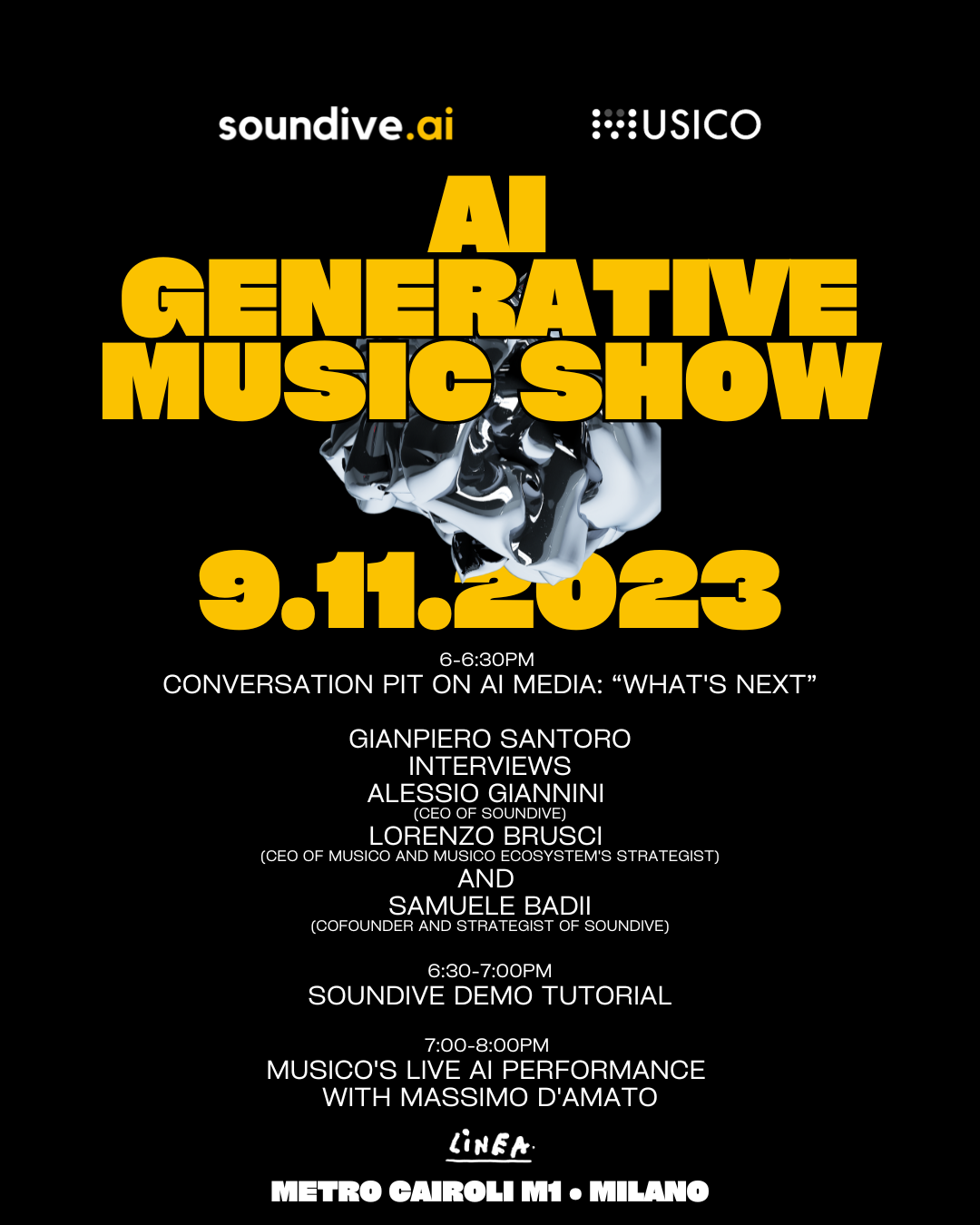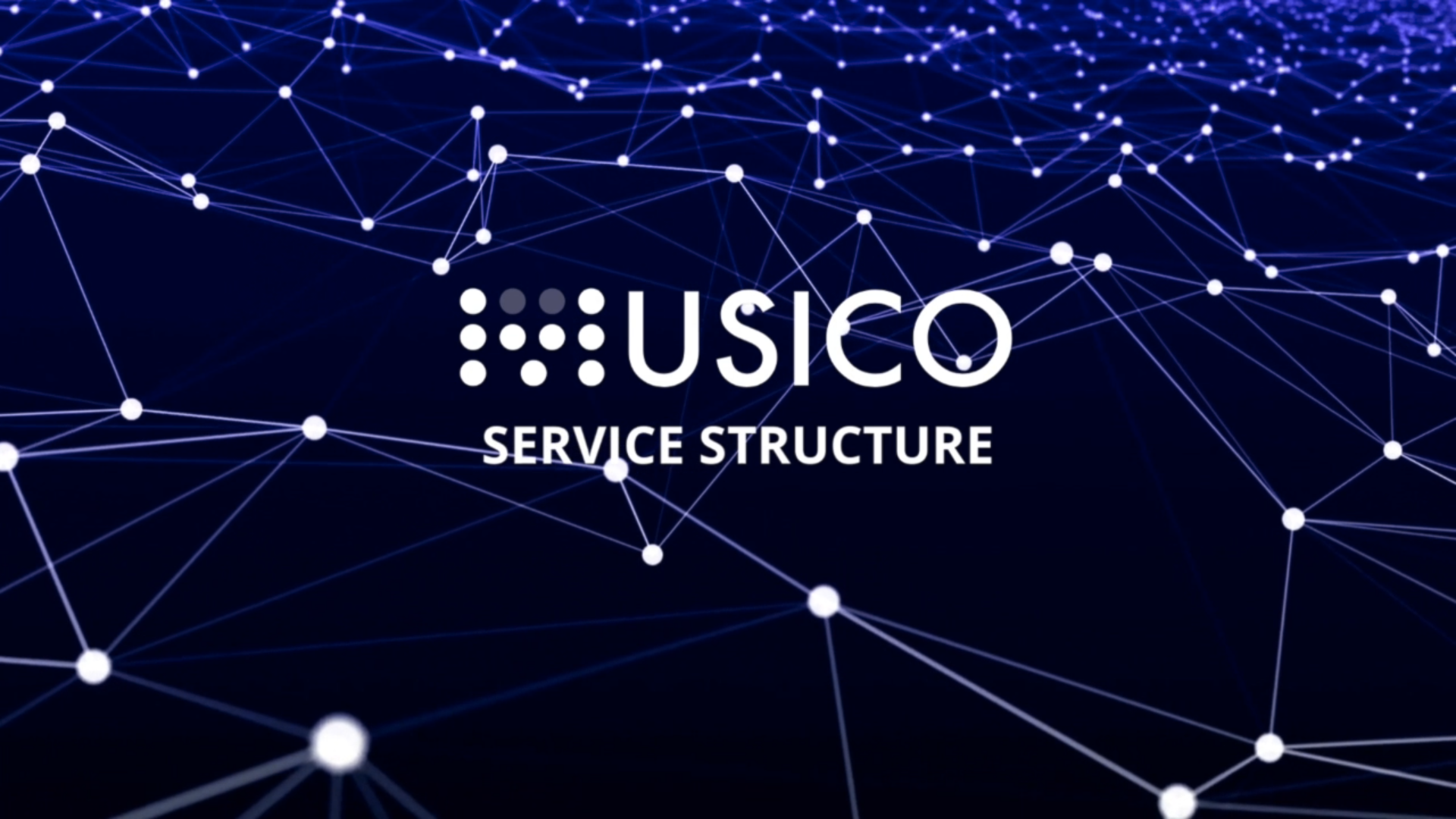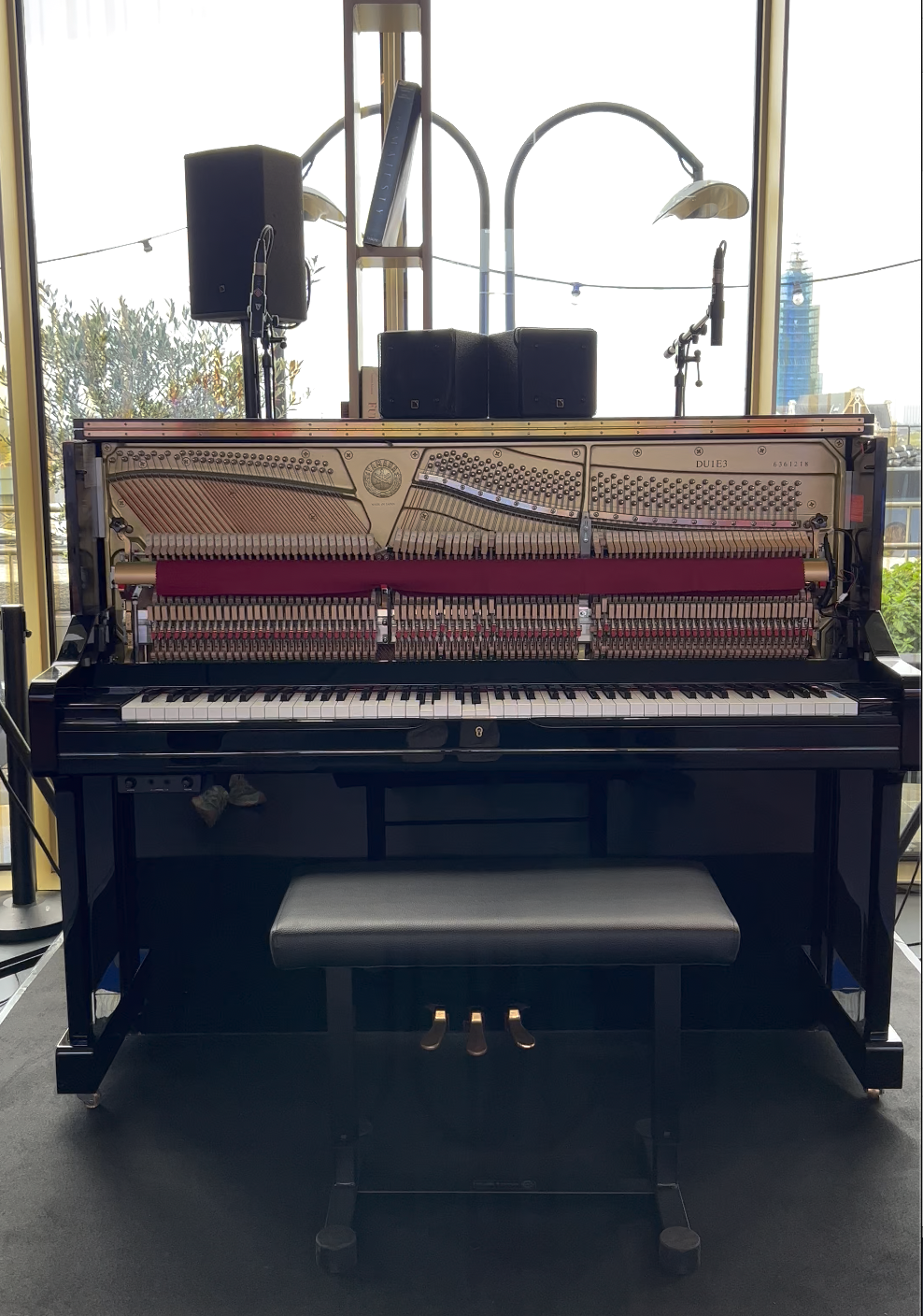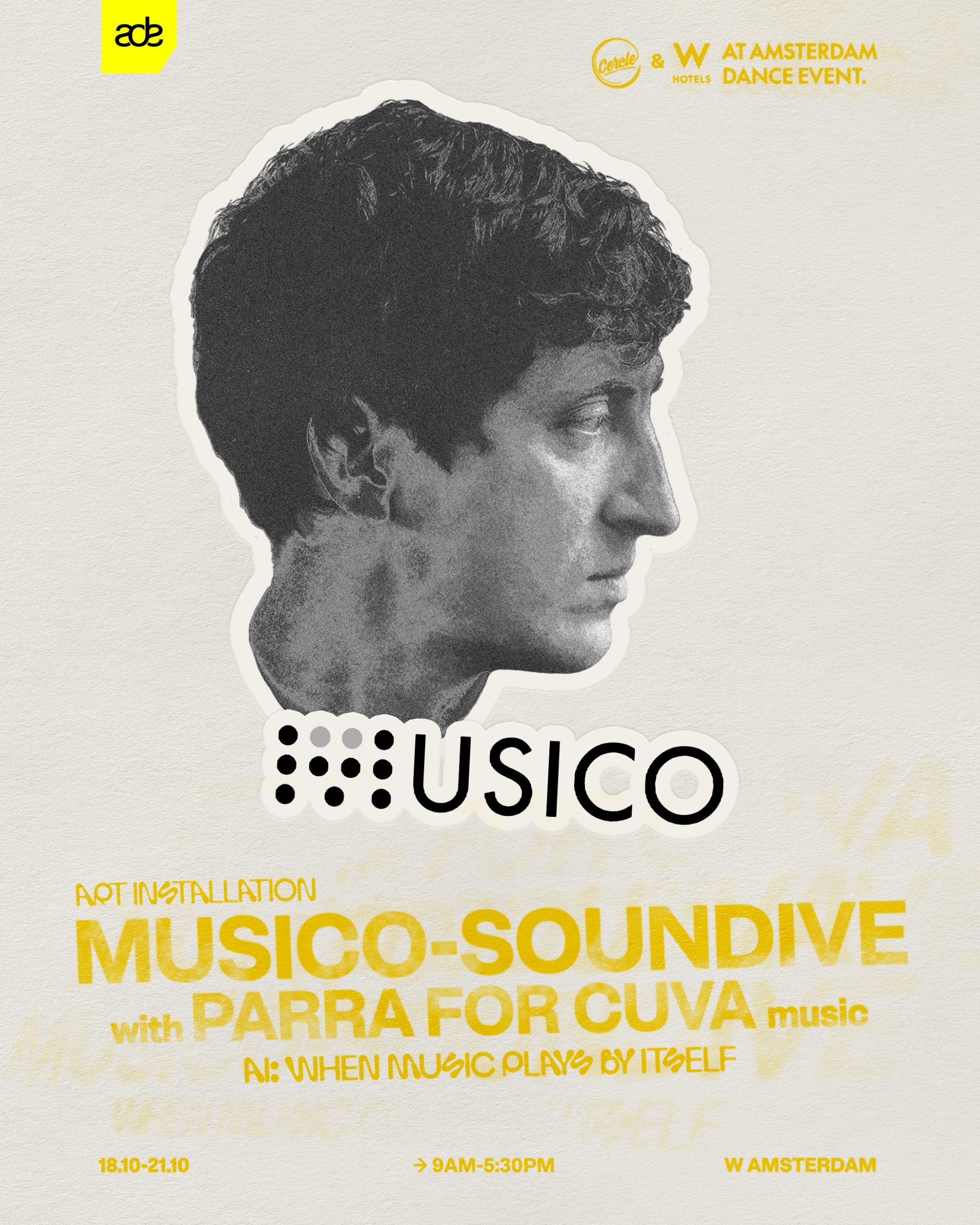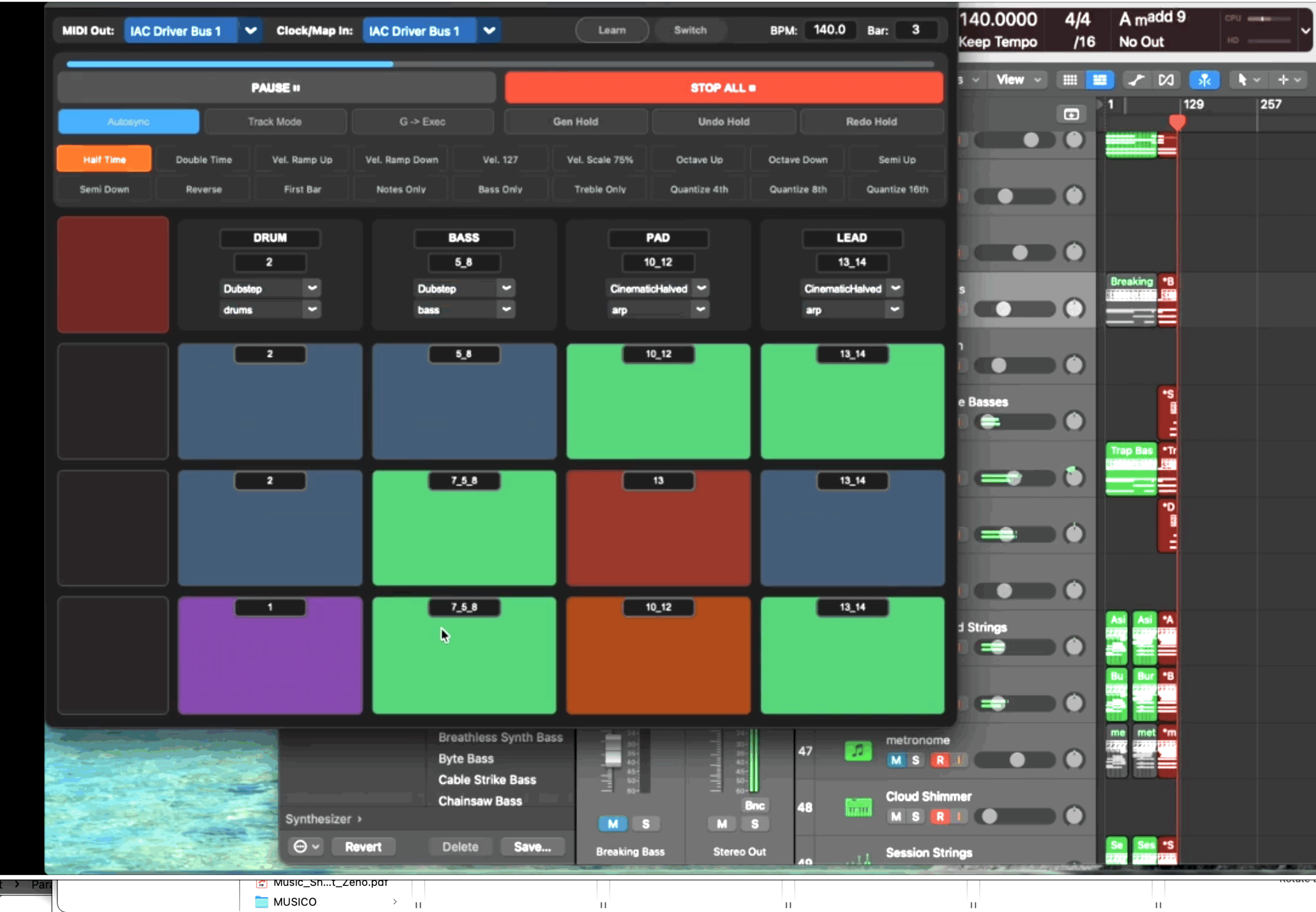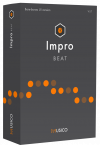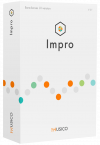The approach of MUSICO focusing on #handmade #ai utilizing original MIDI MUSIC datasets (human composers design them), and providing users #granular #control over cross-ontological automated functions as in our #videotomusic services – video analysis and “Semantic” Classification TO MUSICO’s generative music –
presents a #specialized #tailored solution for creating music that is in #sync with video prompted contents and maintain a high unique – personal – expression rate.
This method leverages the logical and “semantic”/”dramaturgical” features of videos (such as colors, brightness, cuts, objects and human presence and distribution over time and inside single frames, etc.) to produce music that closely aligns with the visual narrative. Comparing this approach to the more generalized scraping and application of large language models (LLMs) in content generation reveals distinct advantages and disadvantages:
Advantages of Musi-co.com’s Approach
- Highly Customized Output: The granular control over music generation allows for outputs that are finely tuned to the specific features of the video, resulting in a more cohesive and immersive viewing experience.
- Rich Semantic Understanding: By analyzing video features such as colors, brightness, and cuts, the system can infer the mood, pace, and thematic elements of the video, enabling the generation of music that is semantically and emotionally aligned with the content.
- Dedicated Tools for Music Generation: The use of “handmade AI” and MIDI datasets implies a focus on the musical domain, potentially leading to higher quality and more musically coherent outputs than those generated by generalist models.
- Cross-Ontological Innovation: The ability to integrate and interpret data across different ontologies (e.g., visual and auditory) can lead to innovative combinations and novel creative outputs that might not be possible with more generalized approaches.
Disadvantages Compared to Generalist LLMs
- Scalability and Flexibility: Generalist LLMs, trained on vast amounts of diverse data, can easily adapt to a wide range of tasks and content types. Musi-co.com’s specialized approach, while advantageous for music-video synchronization, might not scale as easily to other domains or content types without significant adaptation.
- Resource Intensity: The development and maintenance of specialized AI systems require significant domain expertise and computational resources. In contrast, generalist LLMs, though very costly at first, once trained, can be more easily deployed across various tasks with minimal additional investment.
- Data Dependency: Musi-co.com’s approach relies heavily on high-quality MIDI datasets and detailed video analysis, both based on humans’ skills, which may limit its applicability in scenarios where such data is not readily available or is of poor quality or it’s very expensive to collect.
- Innovation vs. Generalization Trade-off: While the specialized focus facilitates further innovation, for example within the domain of music-video synchronization, it may lack the serendipitous creativity that can emerge from the broader knowledge base and generalization capabilities of LLMs, though extrapolation capacities may still lack – and it does not lack to human dataset designers!
- Integration and Interoperability Challenges: Integrating highly specialized systems into broader content creation workflows or digital ecosystems may present more significant challenges than more flexible, generalist models that are designed to work with a wide range of inputs and outputs.
MUSICO‘s approach to synchronizing generative music with video content using handmade AI, integration methodologies, and detailed video analysis offers significant advantages in terms of customization, semantic alignment, and musical quality. However, these benefits come often at the cost of scalability, resource intensity, and the flexibility to adapt to tasks beyond the system’s specialized domain. The choice between such a specialized approach and more generalist LLMs will depend on the specific needs, goals, and constraints of the project or organization in question, balancing the desire for high-quality, tailored outputs against the need for scalability, adaptability, and efficiency.
The integration of both approaches, may be of the highest urgency and potential
But there’s more.
Musico’s generation never infringes past and future IP! Crucial, right?
Ensuring that generative processes do not infringe on past and future intellectual property (IP) is crucial, especially in creative fields like music and video production. The approach of Musi-co.com, focusing on “handmade AI” and leveraging MIDI datasets with granular control over cross-ontological automated functions for video analysis to music generation, has several aspects that help in respecting and safeguarding IP rights:
- Customized Generation: By generating music that is tailored to specific video, text or multi-modal content based on its logical and semantic/dramaturgical features, MUSICO’s system creates original compositions. This reduces the risk of inadvertently replicating existing copyrighted material.
- Use of MIDI Datasets: MIDI data can be used to create new music without directly sampling from copyrighted recordings. This method facilitates the creation of original compositions that do not infringe on the copyrights of existing recordings, as long as the underlying compositions are not copyrighted or are used in a way that respects their IP rights (e.g., public domain, licensed material).
- Automated Functions With IP Consideration: The system’s design to analyze video features and generate music in sync with these elements can be developed to ensure that the resulting compositions are unique and not derivative of existing copyrighted works. This includes algorithms designed to avoid replicating patterns, melodies, or harmonies protected by copyright.
- Cross-Ontological Automation: By integrating analysis across different domains (visual, auditory, etc.) and translating this into generative music, the system inherently promotes the creation of novel content. This interdisciplinary approach can lead to innovative outputs that are less likely to conflict with existing IP.
IP Challenges in AI-Generated Content
Despite these advantages, it’s important to recognize the broader challenges AI-generated content presents to traditional IP frameworks:
- Originality and Authorship: AI-generated works challenge traditional notions of authorship and originality, which are central to copyright law. Determining the copyright status of AI-generated content can be complex, particularly when such content might be influenced by training on copyrighted material.
- Training Data: The use of copyrighted material in training datasets for AI, even if not directly copied in outputs, raises questions about “transformative use” and whether the AI’s output constitutes a new, original work.
- Future IP Considerations: As AI technology and its applications evolve, so too will the legal frameworks governing IP. This may include new considerations for protecting AI-generated works or ensuring they do not infringe on existing rights.
First Conclusion
Musi-co.com’s approach to music generation aligns with the crucial goal of avoiding IP infringement by focusing on the creation of original content, tailored to specific video features. However, the evolving nature of AI-generated content and copyright law means that vigilance and proactive measures are essential to navigate IP considerations effectively. This underscores the importance of legal and ethical frameworks evolving alongside technological advancements to ensure creativity and innovation can flourish without infringing on IP rights.
Musi-co.com’s approach, emphasizing the generation of original music (owned Data IP) tailored to specific input content and allowing for granular control over the creative process, indeed lays a foundation for future innovation and the enhancement of generated music by human artists. This model respects intellectual property (IP) rights and fosters a collaborative environment between AI-generated content and human creativity, where humans can augment or modify AI-generated compositions and potentially claim authorship of the derivative works, provided their contributions meet the criteria for originality and novelty. Here are key aspects of this approach in the context of IP rights and future innovation:
Encouraging Human-AI Collaboration
- Human Input and Creativity: By enabling humans to interact with and modify AI-generated compositions, Musi-co.com’s system encourages a synergistic relationship where AI serves as a tool for creative expression, rather than a replacement for human creativity.
- Derivative Works and Authorship: When humans significantly alter or improve upon AI-generated music, these modifications can qualify as derivative works. If the human contribution adds sufficient novelty and originality, it can be eligible for copyright protection, thus recognizing the human’s authorial role.
Ensuring Novelty and Protecting IP
- Measuring Novelty: Musi-co.com’s commitment to measuring the novelty of human contributions is key to distinguishing between mere modifications and substantial, copyrightable improvements. This measurement can be based on various criteria, including the degree of transformation and the originality of the additions.
- Guaranteeing Derived Author-Right: By providing a framework that acknowledges and protects the rights of individuals to claim authorship of derivative works, Musi-co.com facilitates a legal and ethical pathway for the evolution of music generated by AI. This approach respects existing IP laws while adapting to the unique challenges and opportunities presented by AI.
Challenges and Considerations
- Legal Frameworks: The dynamic between AI-generated content and human contributions challenges traditional IP frameworks. It necessitates clear guidelines on how contributions are measured and recognized legally as derivative works.
- Ethical Implications: There’s an ethical dimension to ensuring that AI technologies are used in ways that enhance human creativity without exploiting or diminishing the value of human contributions. This includes transparency about the role of AI in the creative process and fair recognition and compensation for human creators.
- Technological Implementation: Implementing a system that accurately measures the novelty and originality of human contributions to AI-generated content requires sophisticated algorithms and a deep understanding of both copyright law and creative processes.
MUSICO’s goal is to guarantee derived author-rights, fostering a culture of innovation that values both human creativity and technological advancement. This model represents a forward-thinking approach to the integration of AI in creative domains, balancing the need for copyright protection with the imperative for innovation.
The ability to measure the mathematical or statistical aesthetic distance between training datasets and AI generations, including any human alterations introduced into these generations, presents a sophisticated method for understanding and innovating within the realm of AI-generated content.
When applied to platforms like MUSICO, which involves music generation, this capability offers several significant advantages, impacting not just the immediate output but also the evolution of the dataset and the generative models themselves, together with possible business models. Here are key advantages:
1. Enhanced Creativity and Innovation
Objective Basis for Creativity: By quantifying aesthetic distances, AI systems can identify and explore novel creative territories that have not been covered by existing datasets or previous generations. This opens up new possibilities for creativity that are grounded in an objective assessment of novelty.
Guided Human Creativity: For human artists, these measurements can serve as a guide to push the boundaries of conventional aesthetics, encouraging more deliberate and innovative alterations that contribute to the richness of the creative output.
2. Improved Model Training and Evolution
Targeted Dataset Expansion: Understanding the aesthetic gaps between AI outputs and the training dataset allows for targeted expansion of the dataset with new elements that fill these gaps. This can lead to a more comprehensive and diverse training set, enhancing the model’s ability to generate varied and innovative outputs.
Feedback Loop for Model Refinement: The aesthetic distance can also serve as a feedback mechanism for refining AI models. By identifying areas where the model underperforms or lacks diversity, developers can adjust model parameters or training processes to achieve better results.
3. Quality and Diversity of Output
Balanced Diversity: Measuring aesthetic distance helps ensure that the diversity in AI-generated content is not just random but is balanced and directed towards areas of potential innovation and interest.
Quality Control: This approach can also serve as a quality control mechanism, ensuring that AI-generated content meets certain aesthetic standards or fits within desired parameters, which is crucial for applications in art, design, and entertainment.
4. Intellectual Property and Originality
Originality Verification: In contexts where intellectual property concerns are paramount, the ability to measure how far an AI-generated piece deviates from existing works can help in asserting the originality and copyrightability of AI creations.
Contribution Assessment: For human alterations, quantifying aesthetic distance provides a clear metric to assess the significance of contributions, which can be important for determining authorship and ownership rights.
5. Educational and Analytical Applications
Learning and Teaching Tool: For educational purposes, these measurements can help students and practitioners understand the nuances of creative differences and the elements that contribute to perceived novelty or beauty in art.
Analytical Insights: Researchers and developers can gain insights into the nature of creativity and aesthetics, potentially uncovering patterns or principles that guide successful creative work.
Second Conclusion
The capacity to measure mathematical or statistical aesthetic distances between training datasets, AI generations, and human-altered content offers profound advantages for enhancing creativity, improving AI model development, ensuring diversity and quality of output, addressing IP concerns, and providing educational value. As AI continues to evolve, these metrics will play a crucial role in fostering a collaborative and innovative ecosystem where human creativity and AI capabilities complement each other, pushing the boundaries of what’s possible in creative domains.
A final angle: Rewarding humans
Rewarding humans for their contributions to the elaboration of MUSI-CO’s generative content, especially when such contributions are made in the public domain and enhance the platform’s datasets, requires a thoughtful and innovative approach. Blockchain technology offers a promising framework for recognizing, quantifying, and rewarding such contributions in a transparent, secure, and automated manner. Here’s how this could be conceptualized and implemented, taking into account the need for MIDI correctness verification and the creative value of contributions:
Step 1: Contribution Verification and Validation
- MIDI Correctness: Implement an automated system to verify the technical and musical correctness of contributions. This system could analyze the MIDI files to ensure they meet predefined criteria for quality, complexity, and usability within MUSI-CO’s framework.
- Creative Value Assessment: Use algorithms or community-driven approaches to assess the creative value of contributions. This could involve measuring the aesthetic distance between existing datasets and the new contribution, as discussed previously, to quantify its novelty and potential impact on the generative capabilities of MUSI-CO.
Step 2: Tokenization of Contributions
- Digital Tokens: Upon successful verification and valuation, contributions could be tokenized using blockchain technology. Each token would represent a quantifiable measure of the contribution’s value to MUSI-CO, taking into account both MIDI correctness and creative significance.
- Smart Contracts: Implement smart contracts to automatically manage the distribution and exchange of tokens. Smart contracts can enforce the terms under which contributions are rewarded, ensuring transparency and fairness.
Step 3: Rewarding Contributions
- Blockchain Wallets: Contributors would have blockchain wallets where their tokens are deposited. These tokens could represent various forms of value, including, but not limited to, access to premium features on MUSI-CO, monetary rewards, or voting power in community-driven decisions.
- Exchange and Trade: Allow contributors to exchange tokens within a marketplace. This could involve trading tokens for other forms of digital assets, selling tokens for cryptocurrency, or using tokens to access exclusive content or services offered by MUSI-CO or its partners.
Step 4: Encouraging Ongoing Engagement
- Recognition and Gamification: Beyond tangible rewards, contributors could be recognized through gamification elements like leaderboards, badges, or certificates. This can foster a sense of community and encourage ongoing participation.
- Feedback Loop: Provide contributors with feedback on how their contributions are being used and the impact they’re having on MUSI-CO’s ecosystem. This can increase engagement and motivate contributors to continue improving the quality and creativity of their submissions.
Legal and Ethical Considerations
- Intellectual Property Rights: Clearly define the intellectual property rights associated with contributions, ensuring that contributors are aware of how their work will be used and any rights they retain.
- Transparency and Consent: Maintain transparency about how contributions are evaluated, tokenized, and rewarded. Ensure contributors consent to these processes and understand the terms of participation.
Third Conclusion
Leveraging blockchain technology to reward human contributions to MUSICO’s generative content offers a forward-thinking approach to fostering creativity, collaboration, and community engagement. By automating the verification of contributions, quantifying their creative value, and providing tangible rewards through tokenization, MUSICO can create a vibrant ecosystem that values and incentivizes human creativity. This model not only enhances the platform’s dataset and generative capabilities but also sets a precedent for recognizing and rewarding creative contributions in the digital age.

![Musico and Soundive united present: the Generative Ai Show [the Music chapter]](https://www.musi-co.com/wp-content/uploads/2023/11/LINEA_event_polisketch.010.jpeg)
